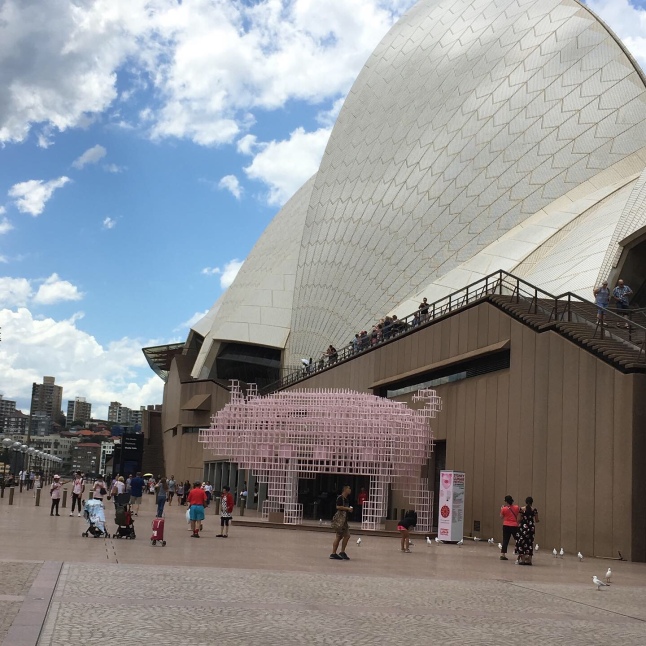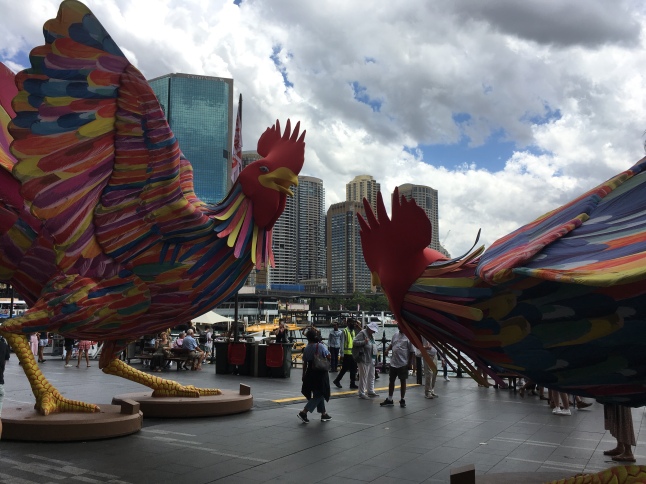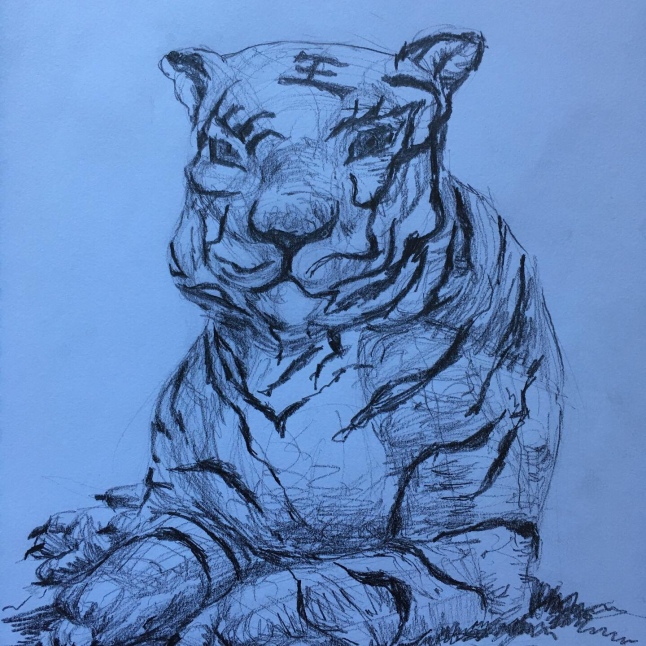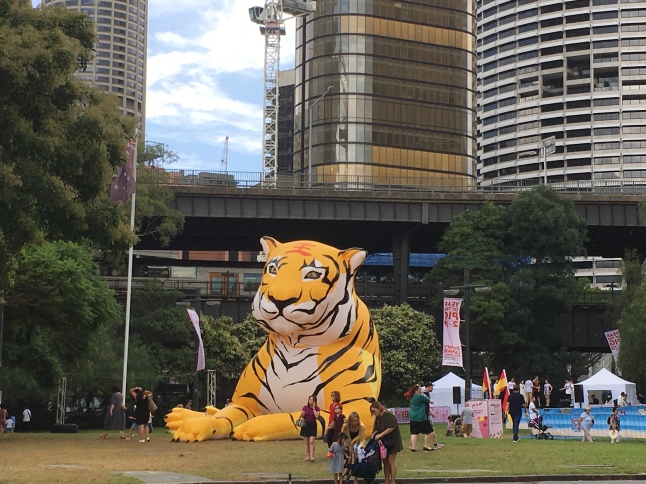By Vita Forest

I hear a child say he wished to die. Saw no point in it and he was tired, tired, tired. I know, said the woman with the water rubbing his hand, I know.
Another said she likes to hang out here, in my room, their room, our room, more real and familiar than that house they had just moved to. They swing open the door with confidence, as if they own it, which they do, and march in to look at the schedule, to get their hat, to get their book, to have a chat.
I stand in the playground with the sun at my back and wave at my grinning girls as they skip through hoops and miss completely the boy brandishing his fist at another. The victim tells his tale as the other stalks away. The parties are gathered and talk tearfully in turn,
He said….
He did….
I only wanted to…
I was just trying to…
It wasn’t my fault.
Another day I do not miss the boy, morning meds forgotten, baring his teeth at his friends, lashing at the air, at a tree, at the curious Kindergarten boys who venture too close before I turn them away. We watch and let him roam and calm and he creeps back again, more in this world than out. Yes, his mother is told, the drugs do seem to make a difference.
After a final Peer Support meeting, the whole school frolics outside, playing Tip, playing Grandmother’s Footsteps, playing on the soggy muddy grass, shrieking in the cold wind. One boy, one of my dancers, asks if I will hold the final treat, the bag of lollies for him – he needs both hands. Only if you give us one later, shoots back another nearby teacher. He grins and runs off and we compare notes on the ups and downs of children as we watch them play. Later that week I will draw thick black smudges over the boy’s eyes and silver lightning bolts on his cheeks and spiralling scrolls on his chin. It’s the first time I’ve worn makeup he tells me, looking at the eyeliner pencil in wonder.
In Assembly the boys point to their knees and I give the filthy, muddy, knobbly things the thumbs up. It brings me joy to see such evidence of unabashed play. And later that week, those boys who stand atop those strong, wiry legs collect ribbons for long jump, for high jump for hundred metre races. See what playing in the dirt will do?
That day we go to the oval and the clouds hang low, but we make a start and how they run and jump and throw! The parents provide free cups of hot drink for adults and on a break I clutch a tea in my cold hands and huddle into my parka. I collect the lengths of long jumps on my clipboard, measured and sung out by high school boys, the same age as my faraway son. In any gaps in the proceedings, they tear down the path themselves and hurl themselves into the sandpit. Foul! the other cries, but hardly ever mean it. At the other end of the pit, the children who did not like to run pat sand into castles and fashion hills with their bare hands. At lunch, the clouds come down and we find shelter where we can, but still the children run and still the children jump. I go back to school early, standing swaying on a crowded bus with the children who have finished, who have lost interest, who are cold! whose breath turns the windows of the bus to fog.
In the crowded classroom, we turn on the heat and a movie, while the boys make a meticulous list of who would go on the computers, and in what order. Enraged he had to wait, one boy from another class kicks his shoes in the air, slams the door, screams. The others stare momentarily, used to his behaviour, then go back to their lunch. I know him too, he hasn’t changed. I ring the office, I let children go to the toilet, I accept drawings done on scrap paper, I time the time they have on the computer, I text my friend late back after their bus gets stuck on a tiny street, she has to stand in the rain and help direct it past an illegally parked car.
And the next day we show the school the dress rehearsal with costume, hair and makeup. Eyes boring out from black scribbles smudged with finger tips, others peering out from itchy wigs in psychedelic colour. An audience – it brings both excitement and intimidation as their classmates see them, watch them, judge them. How much harder to stare into familiar eyes than into blank, unappraising space.
I walk back and forth through the week, carrying armfuls of paper, photos, reports in yellow envelopes, skipping ropes, jackets with silver collars and stage makeup. Carrying list of things to do, people to talk to, staples, velcroze, stiff black cardboard, plans for the holidays and for next term.
We hold a party for the whole Year on the last afternoon to farewell my student, going overseas for years, to celebrate the end of term for all. They bring out bags of food and one boy tells me he has never eaten such things before, his mother makes everything and will not buy this food wrapped in plastic. He concedes her homemade cakes tastes better. Another boy eats fruit, he is going away tomorrow, he explains, and doesn’t want to get sick in the car. My girls present a card to their friend, make a speech, send her off. The card-maker tells me she got all the girls to sign it but had to write some of the boys names herself because they would not cooperate, not be appropriate, not behave, she says severely. (The boys are outraged at this assessment). They all kick balls, throw balls, lounge around the picnic tables and shovel food into the mouths. The ground is muddy still despite the sun and I am offered up more muddy knees for inspection. The bell rings and my departing student hangs behind with her friends, not wanting to leave, looking around the classroom one last time. She gets a marker and writes her class, her old class, a message for next term:
I will miss you – yes even the boys… it says.































